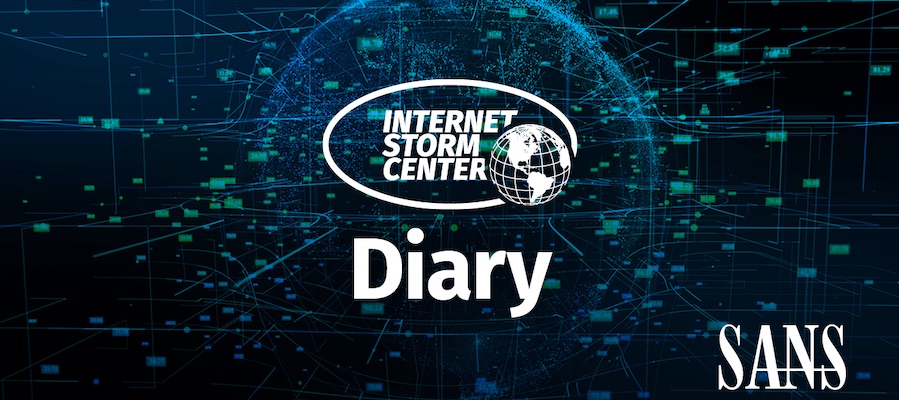I published the following diary on isc.sans.edu: “From Python to .Net“: The Microsoft operating system provides the .Net framework to developers. It allows to fully interact with the OS and write powerful applications… but also malicious ones. In a previous diary, I talked about a malicious Python script that interacted with the
